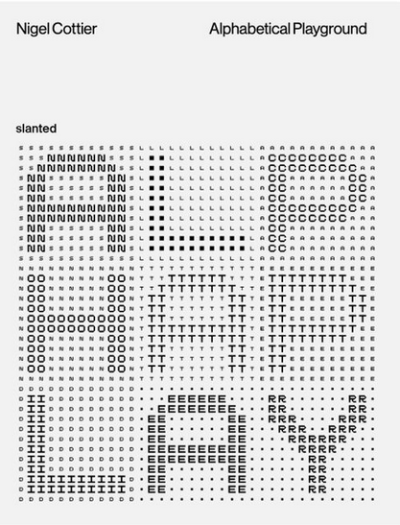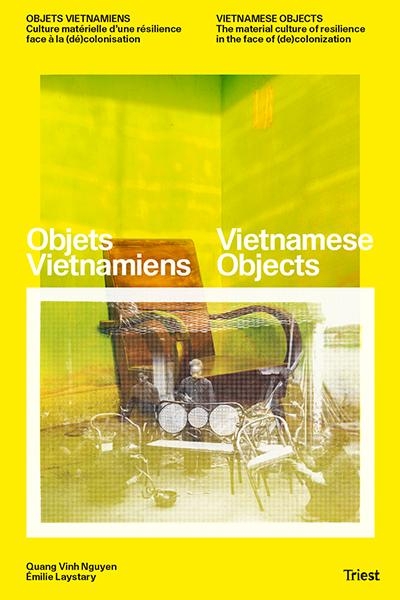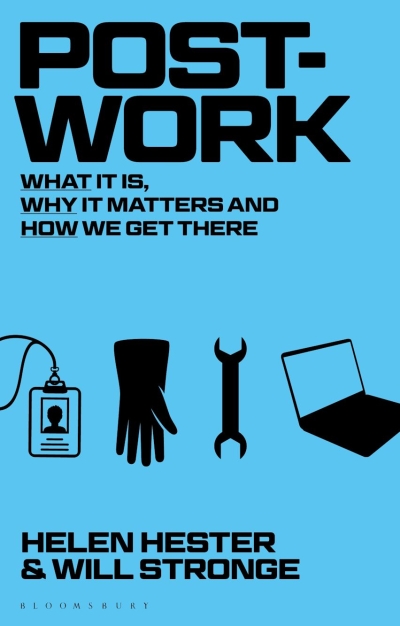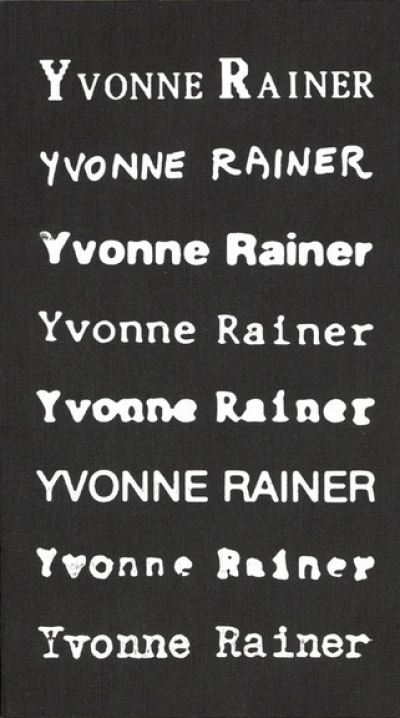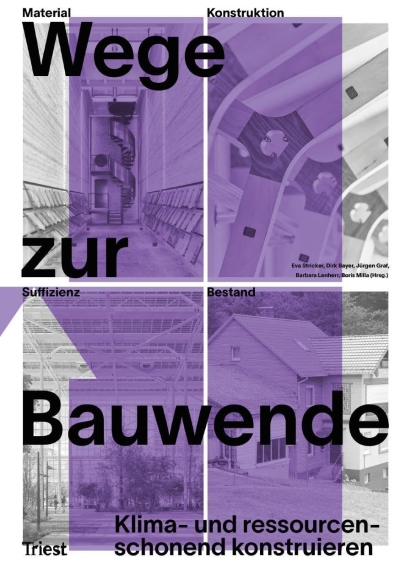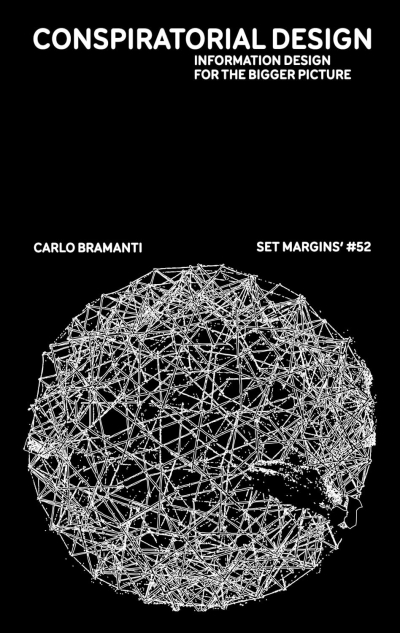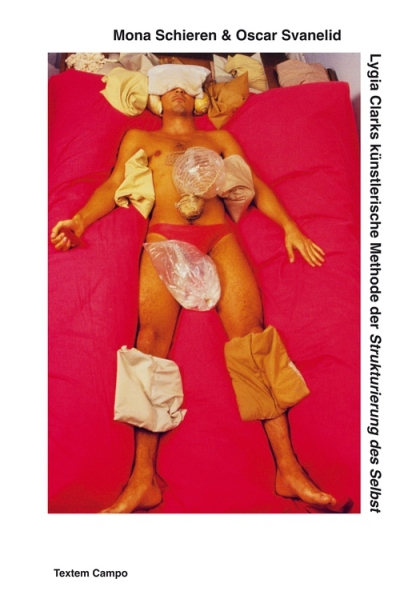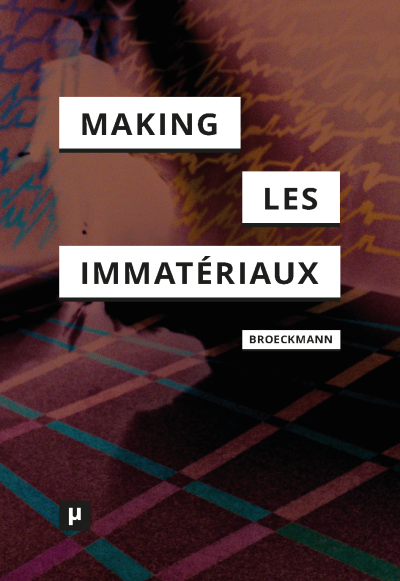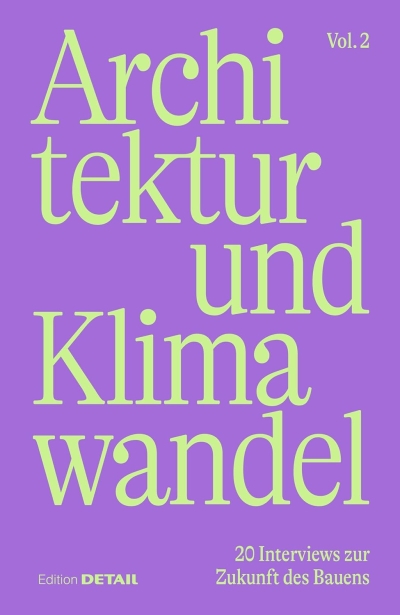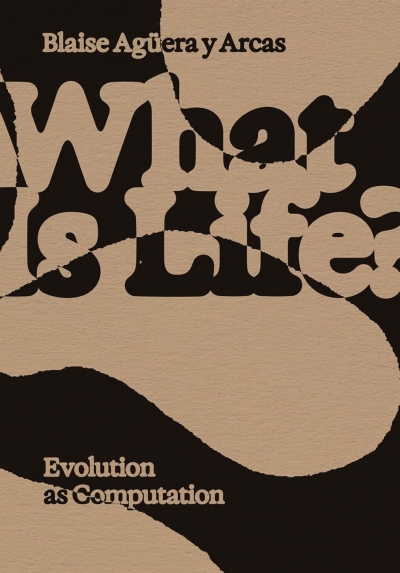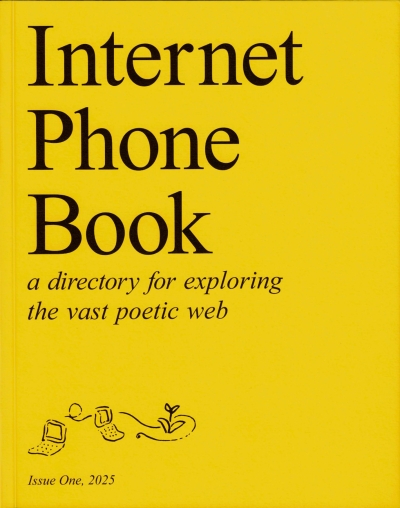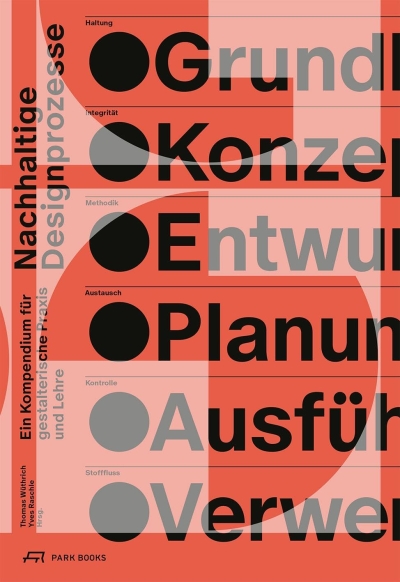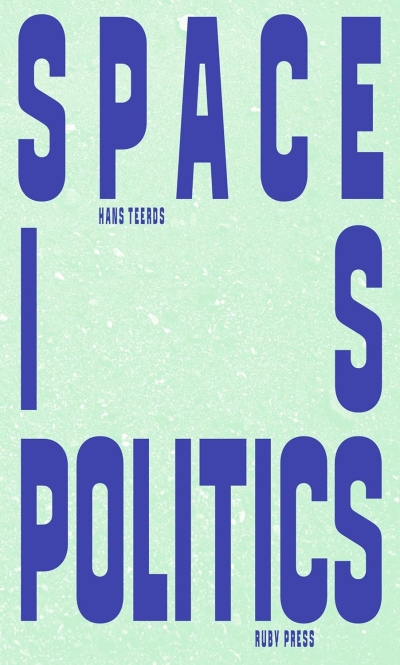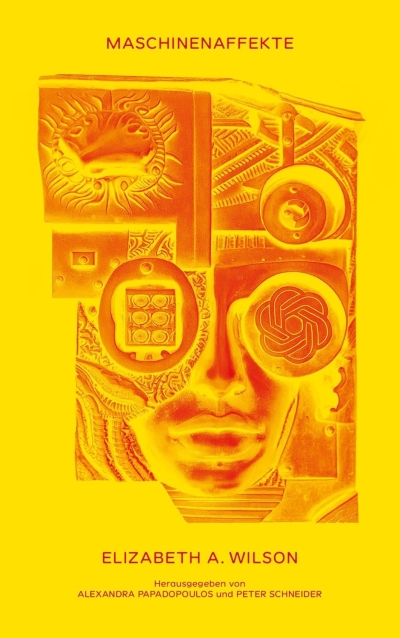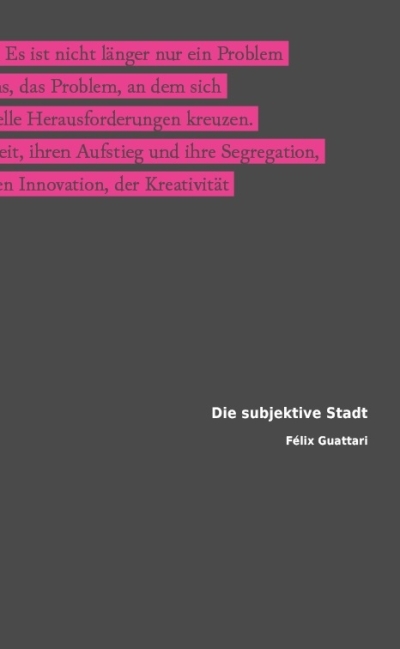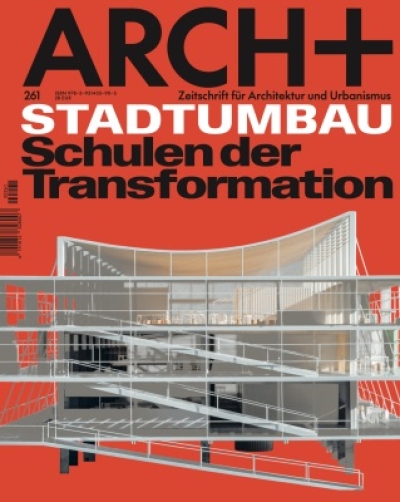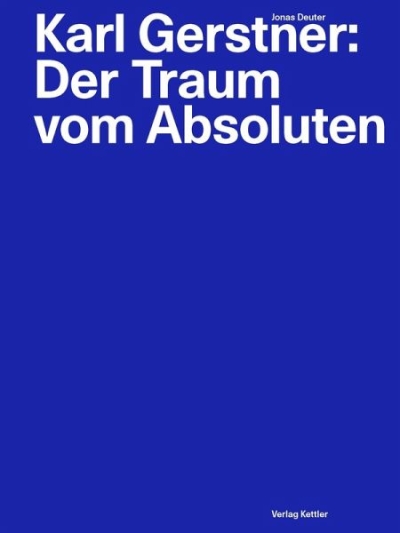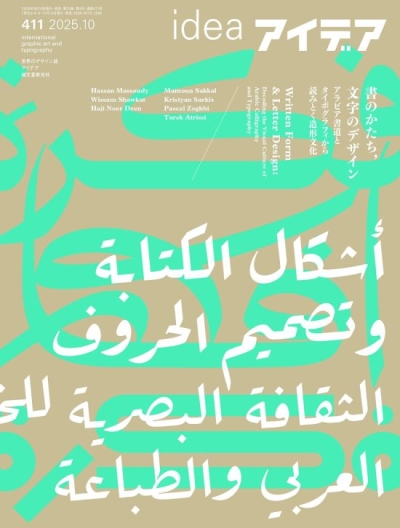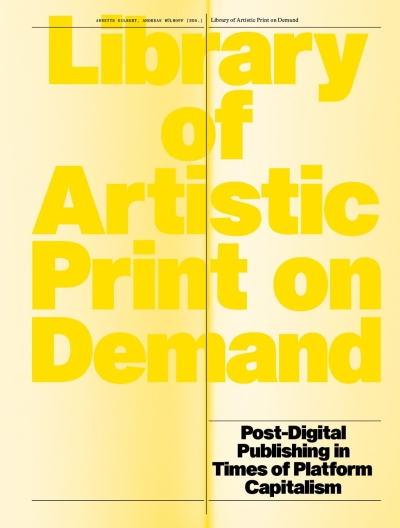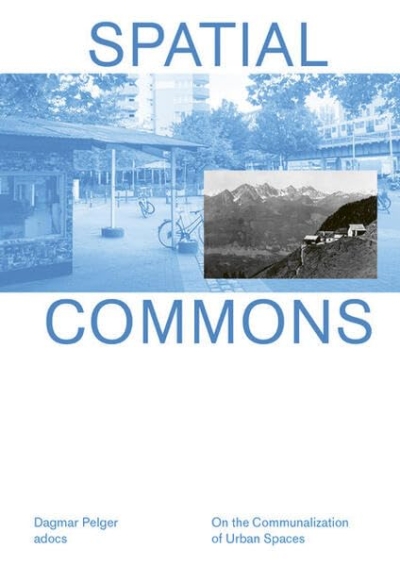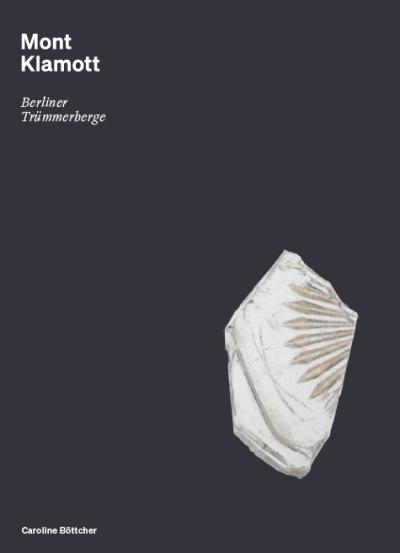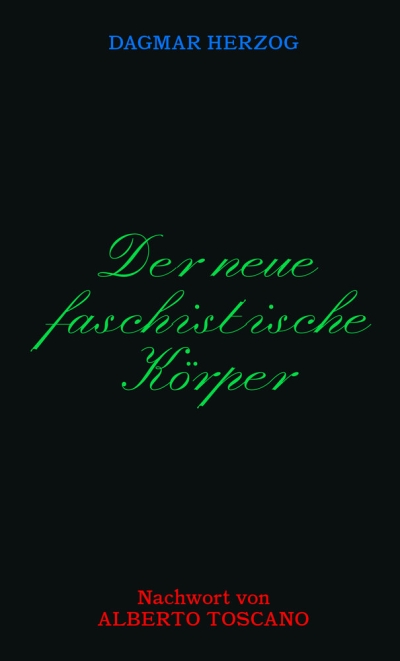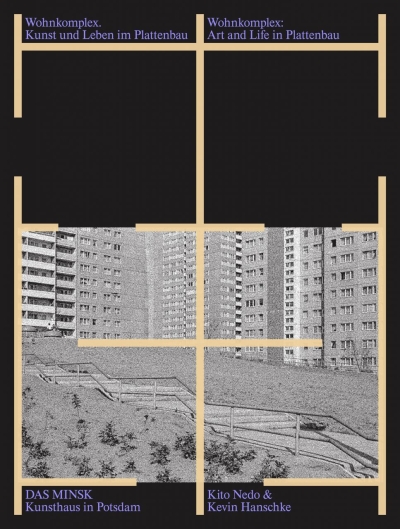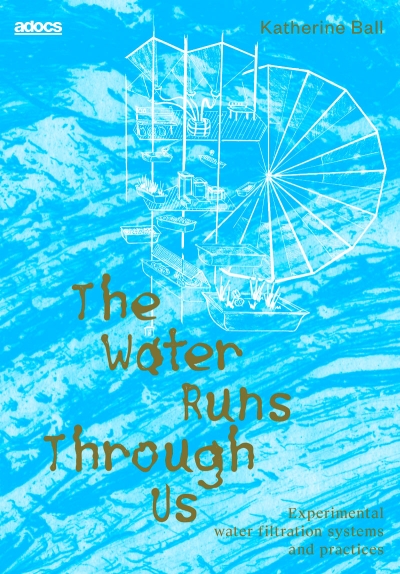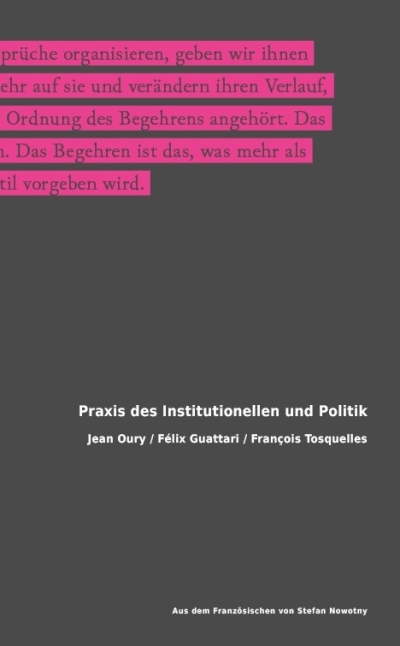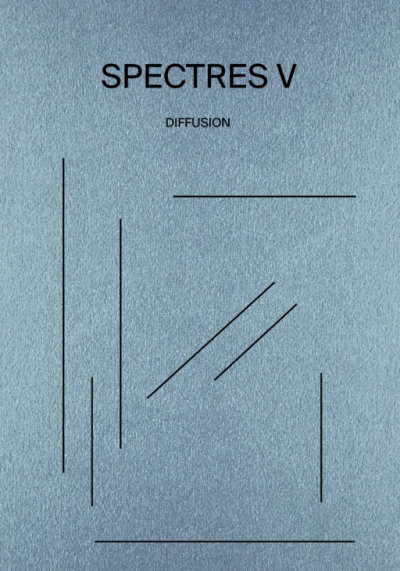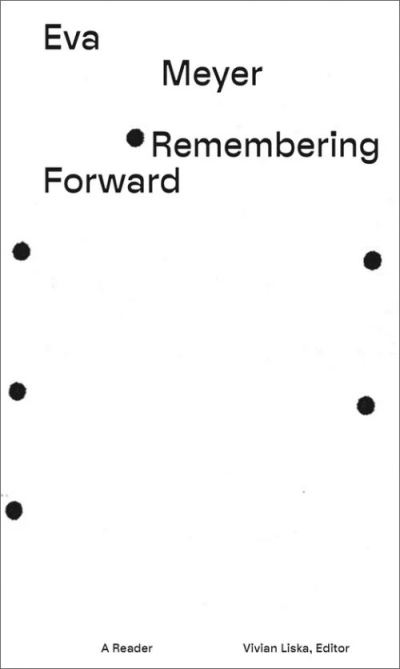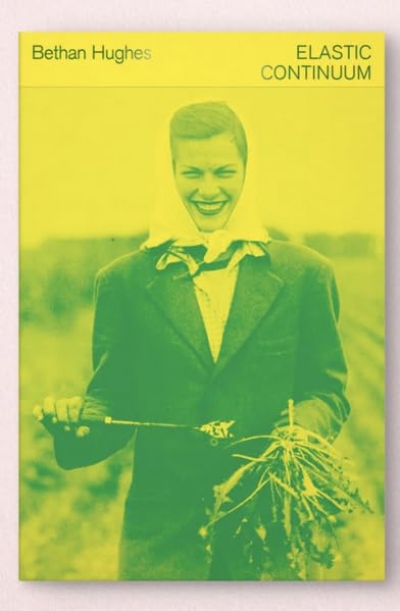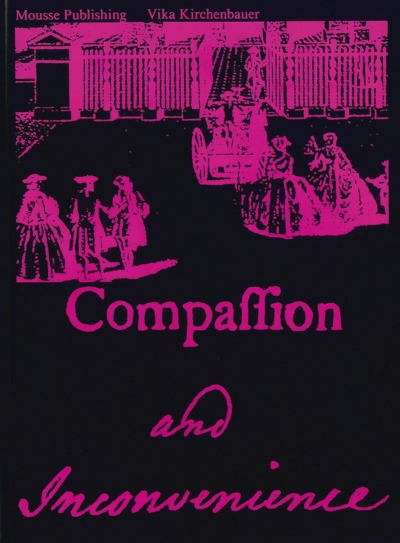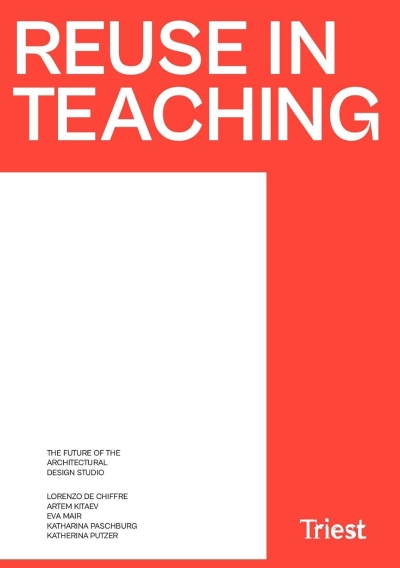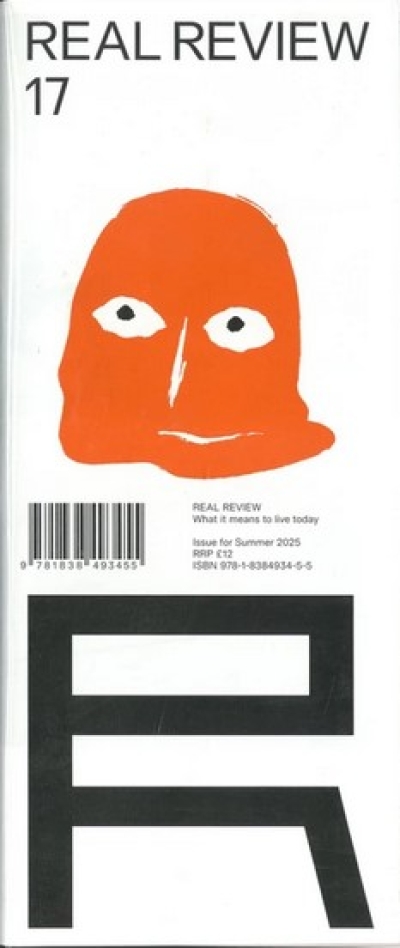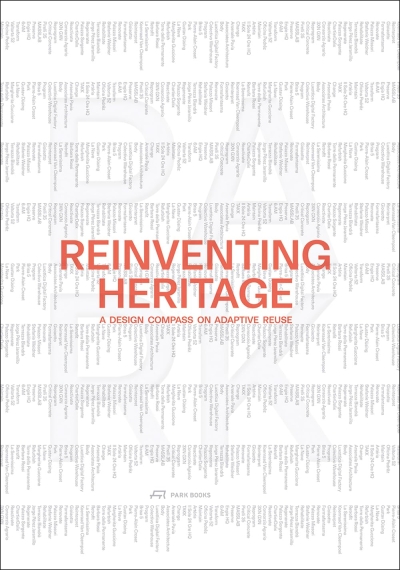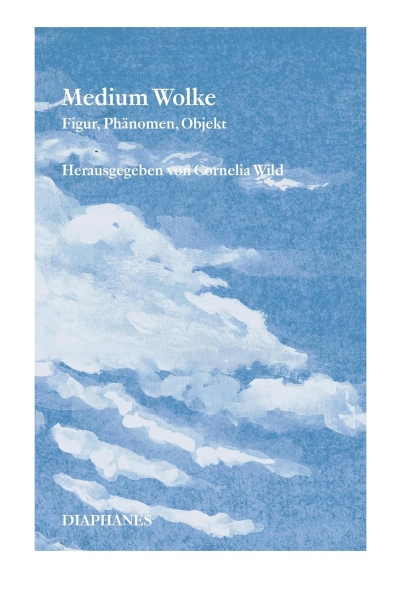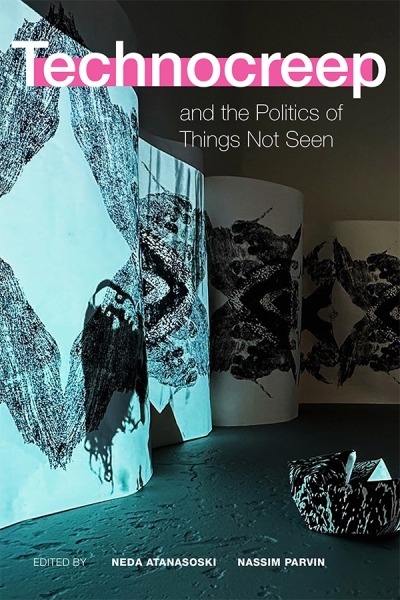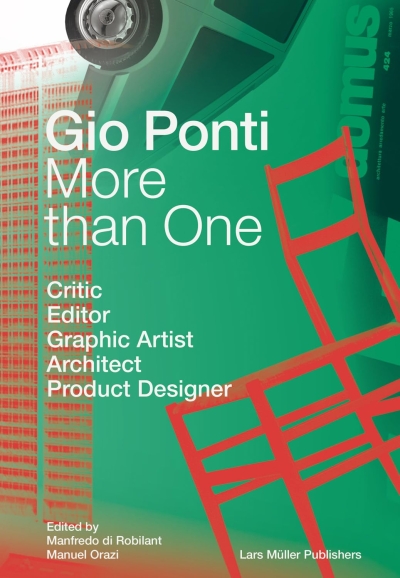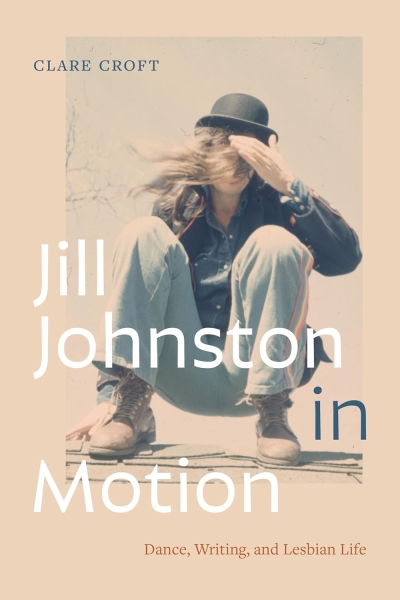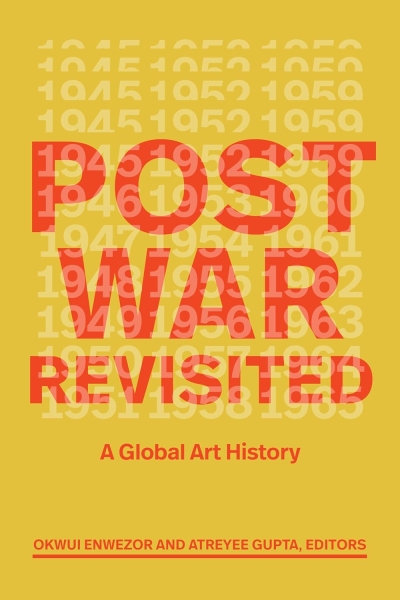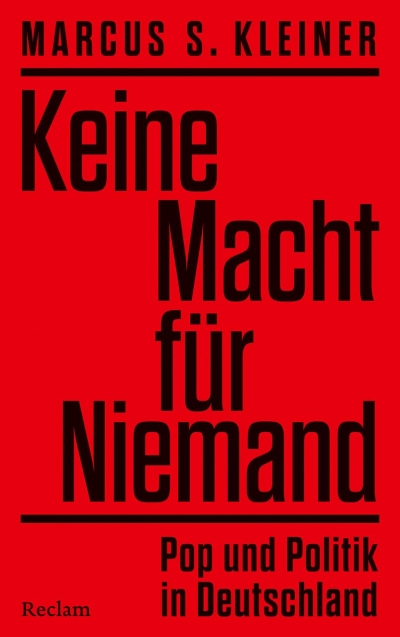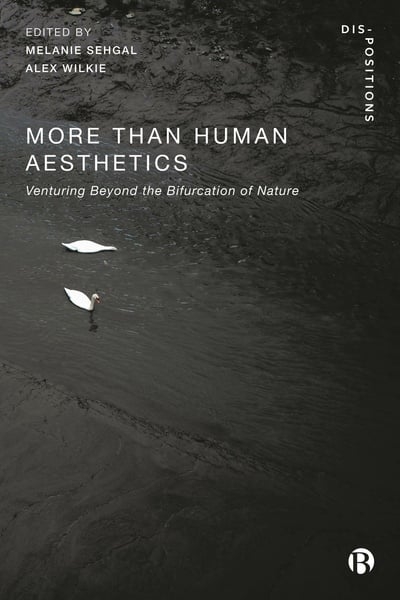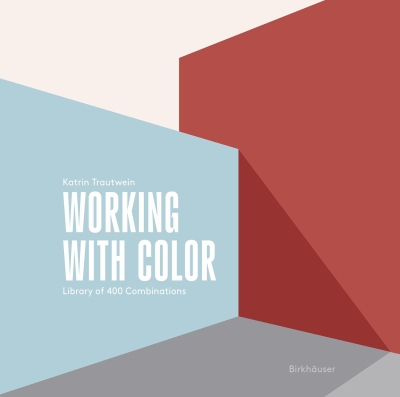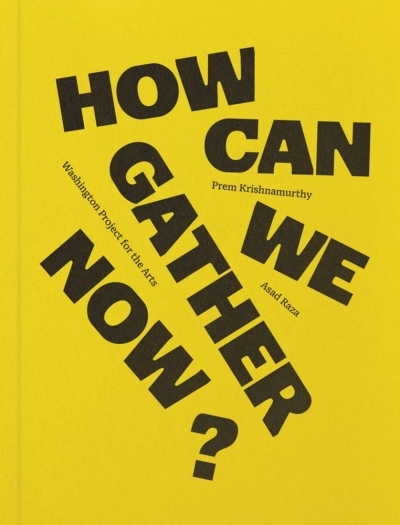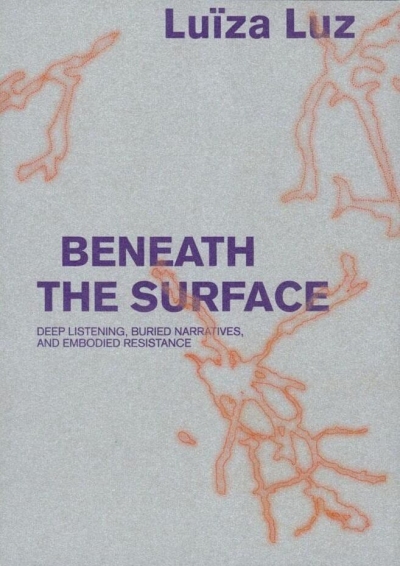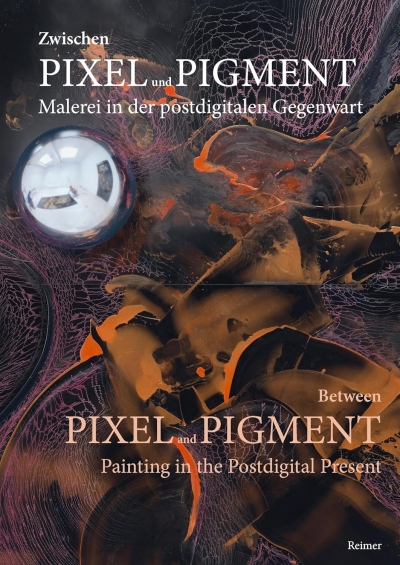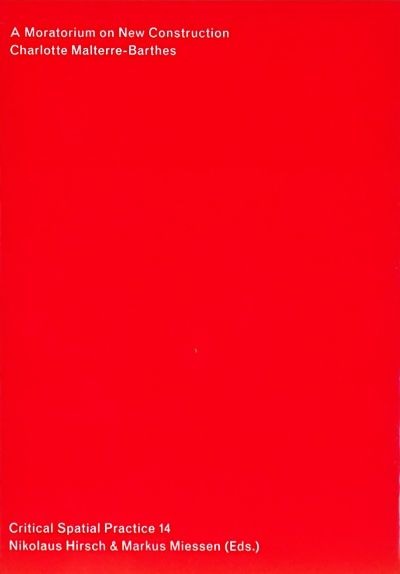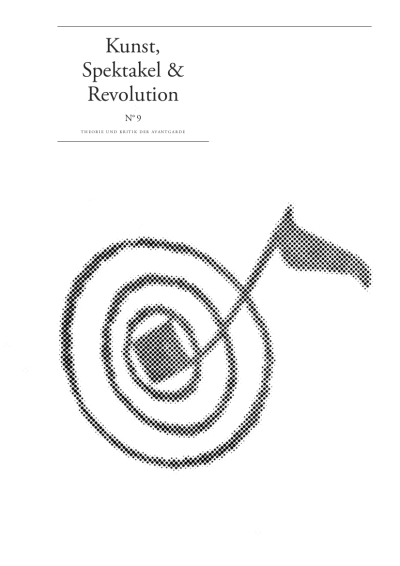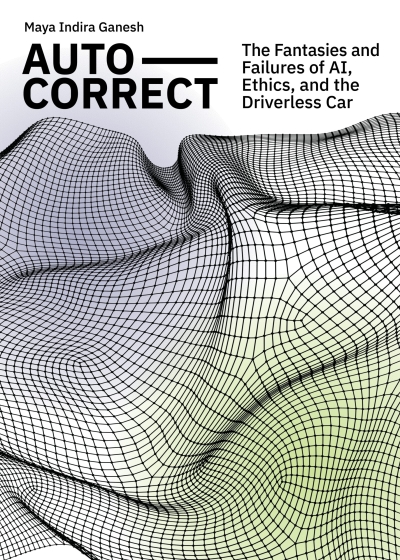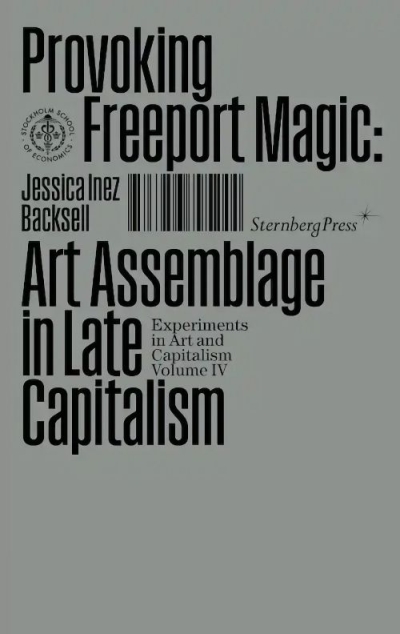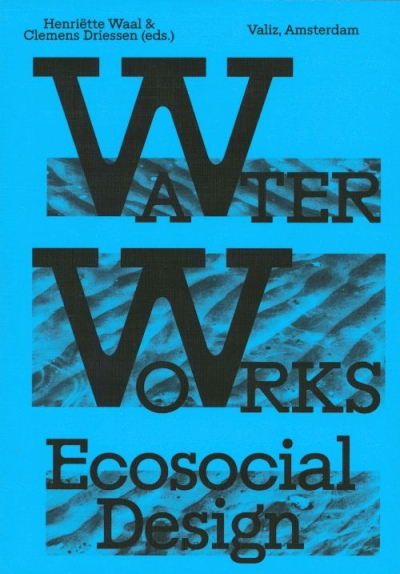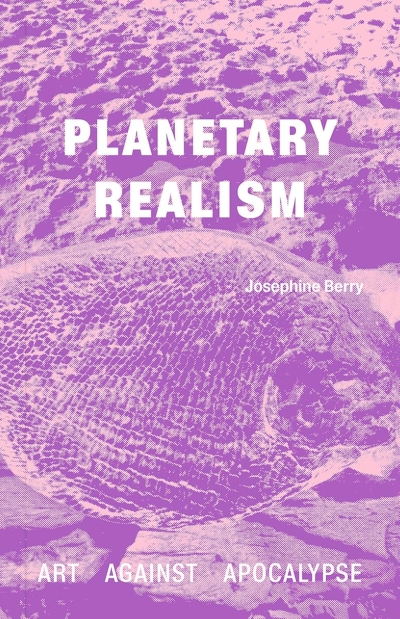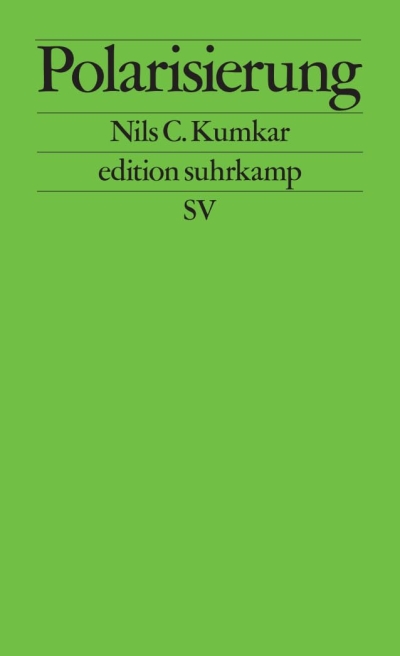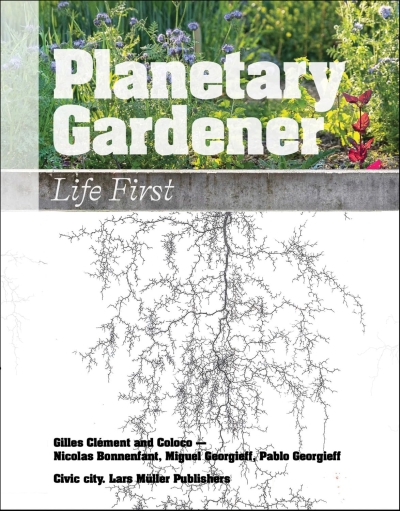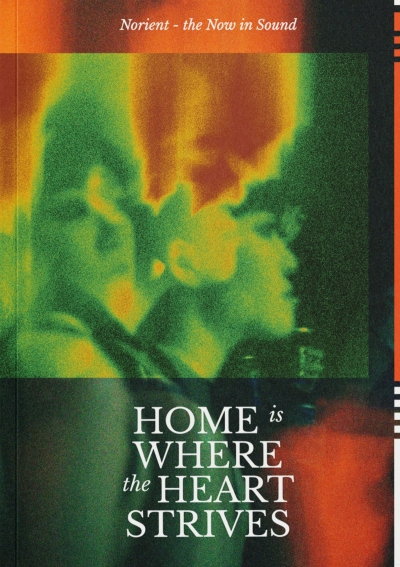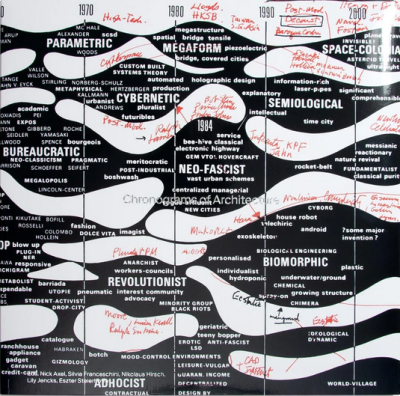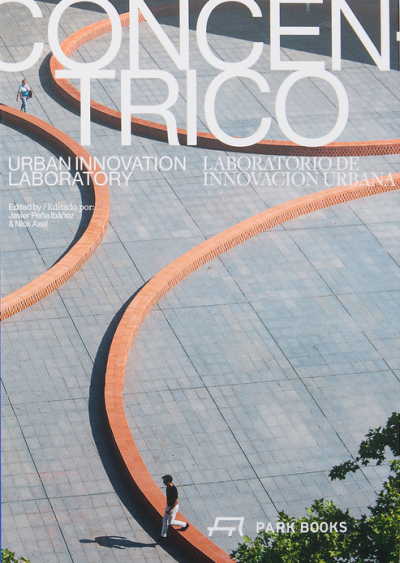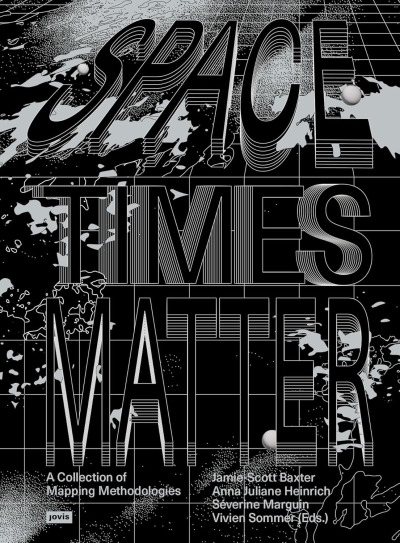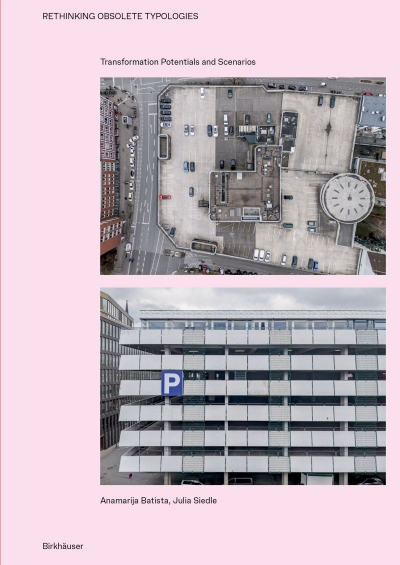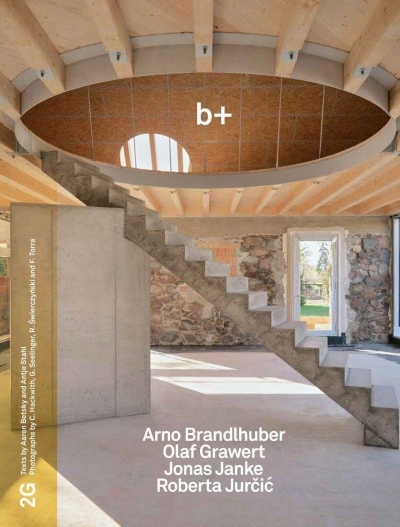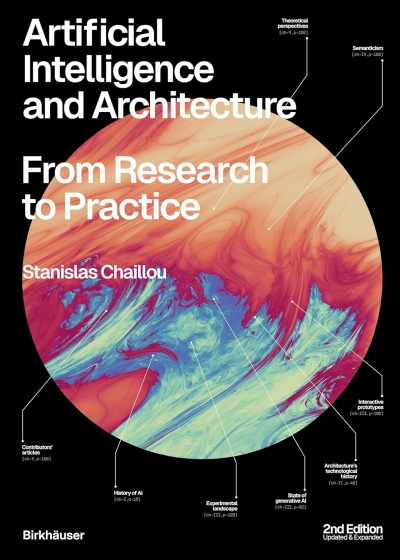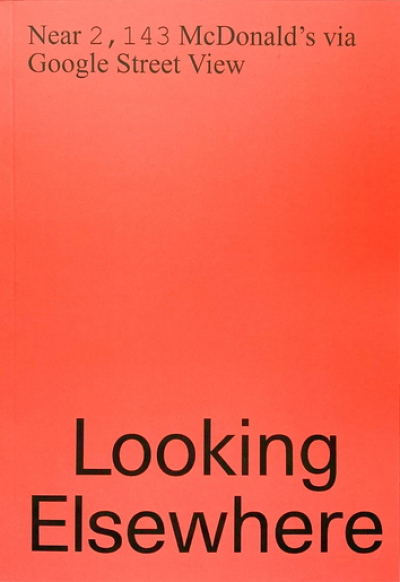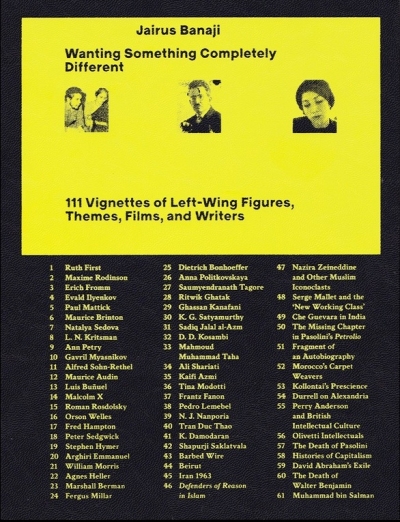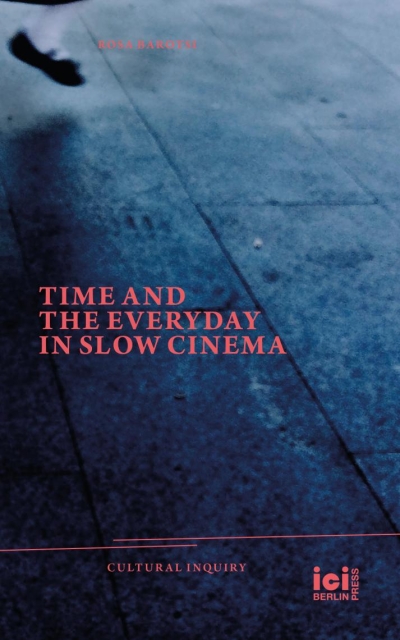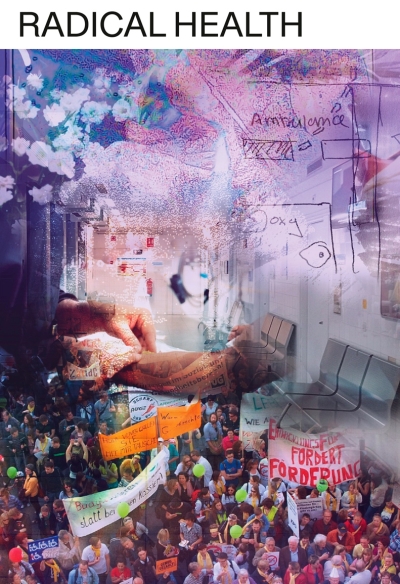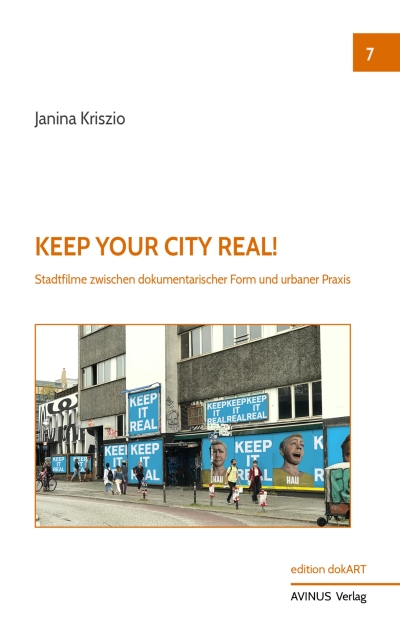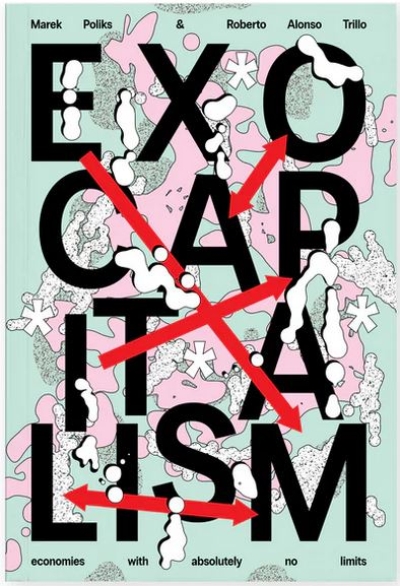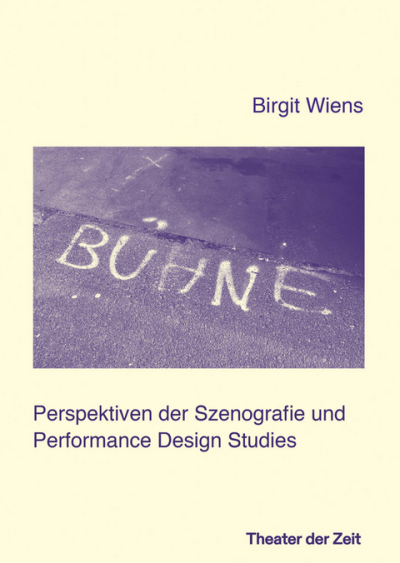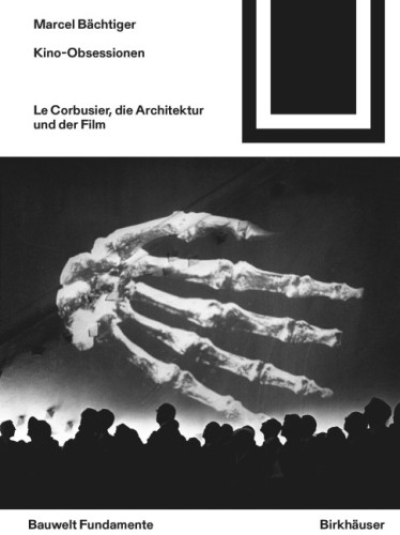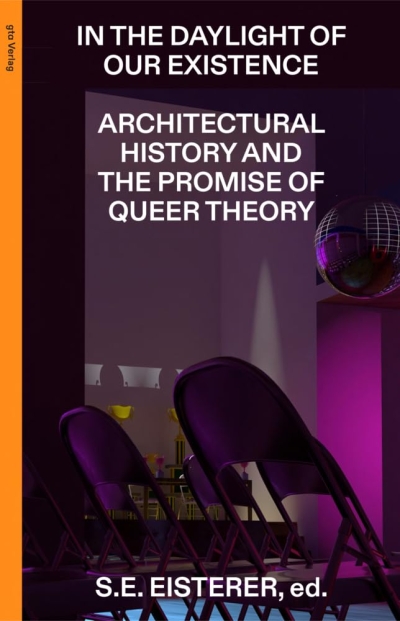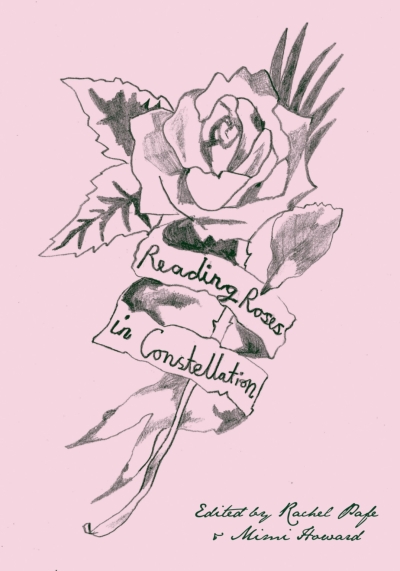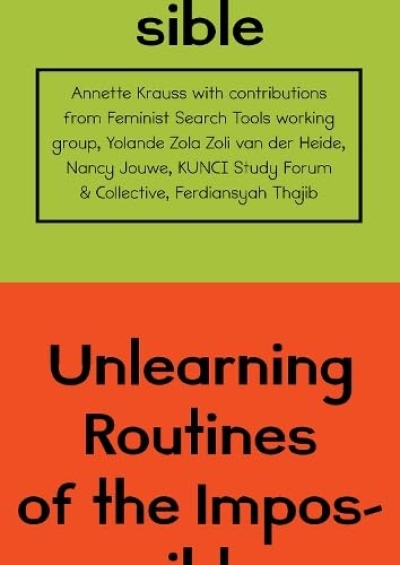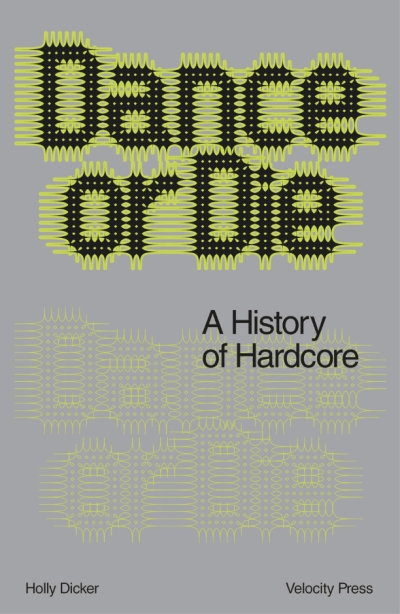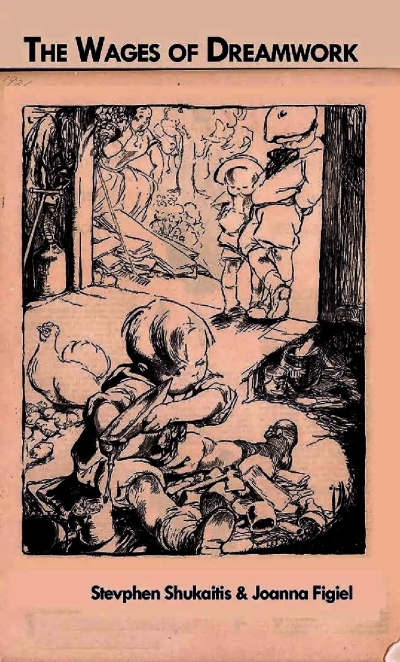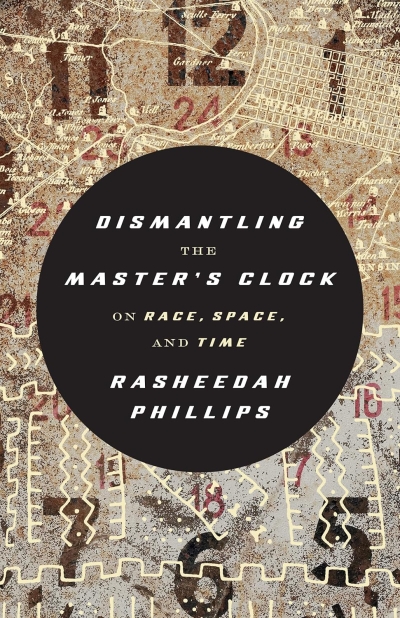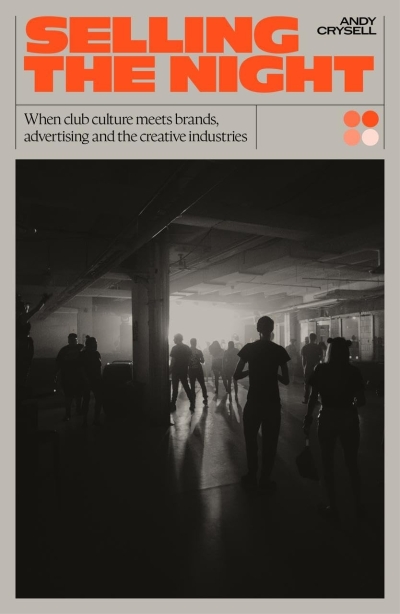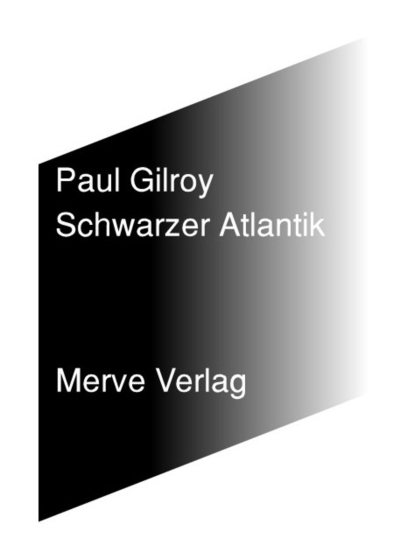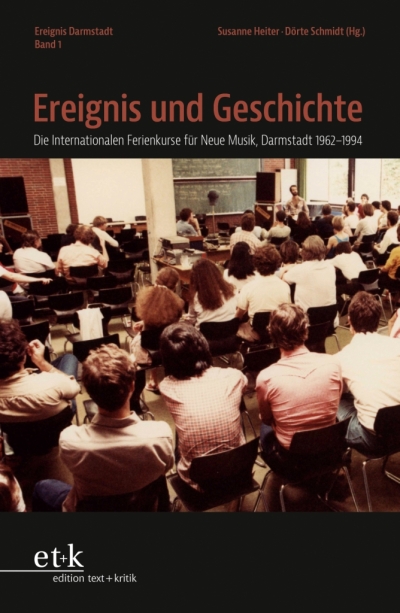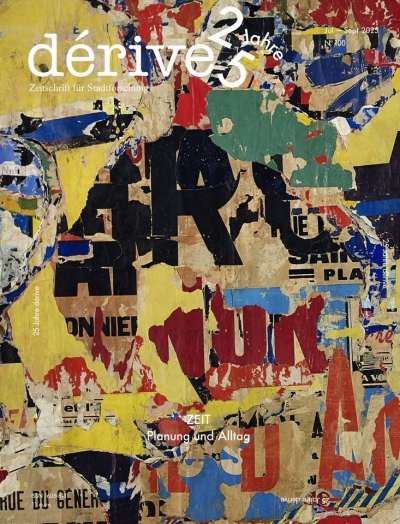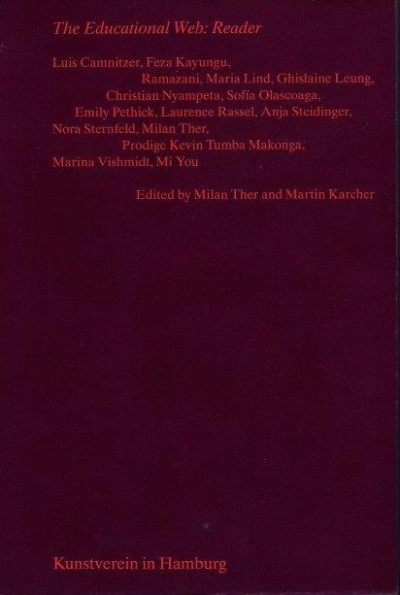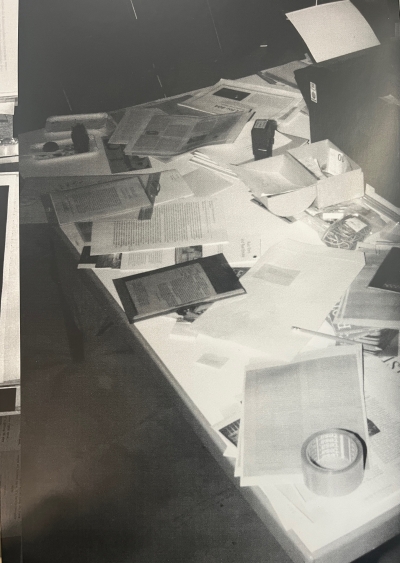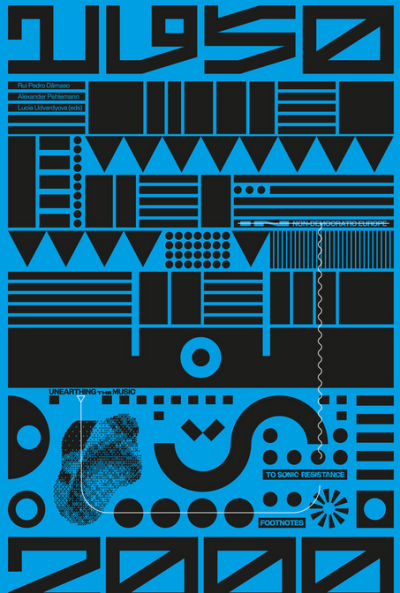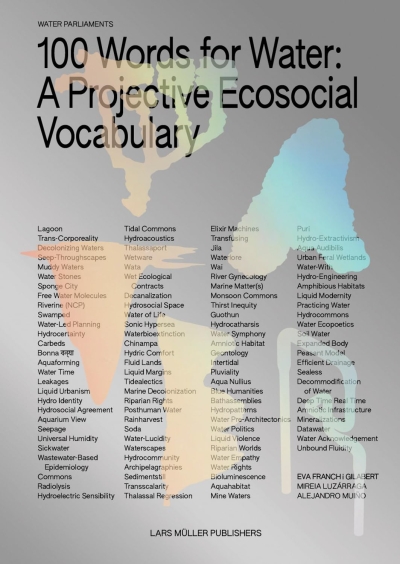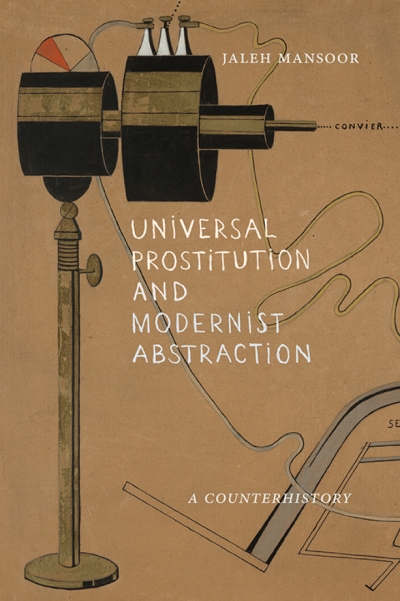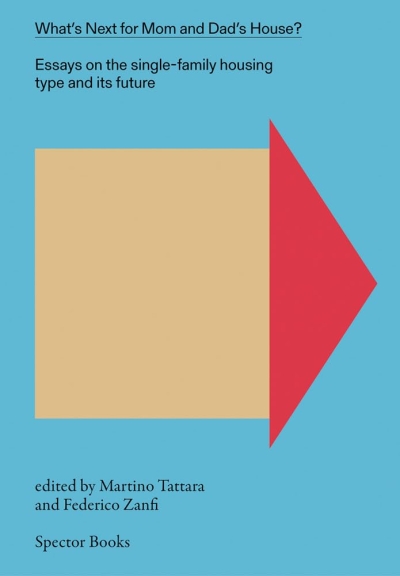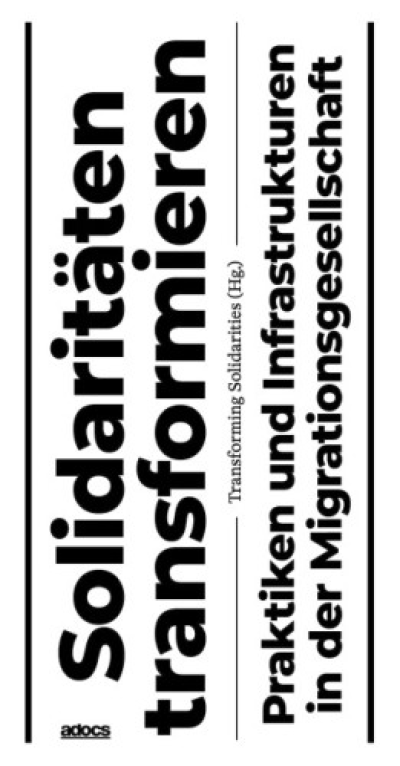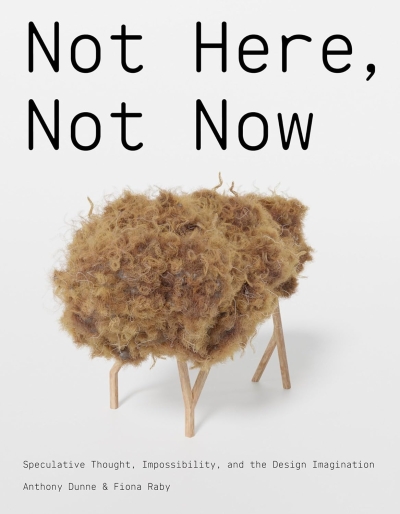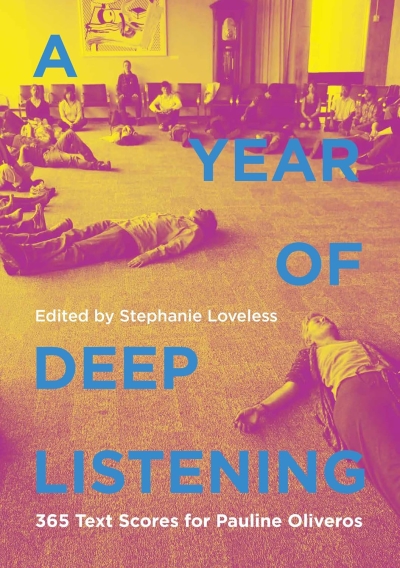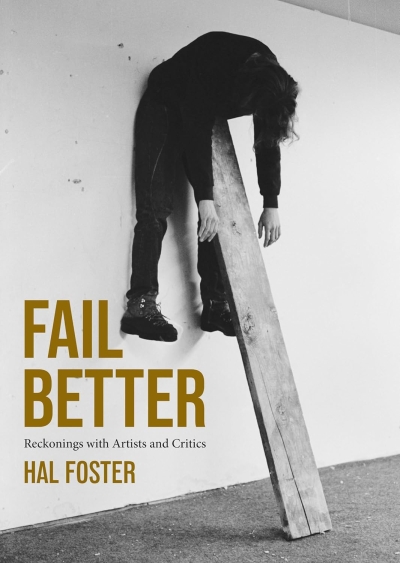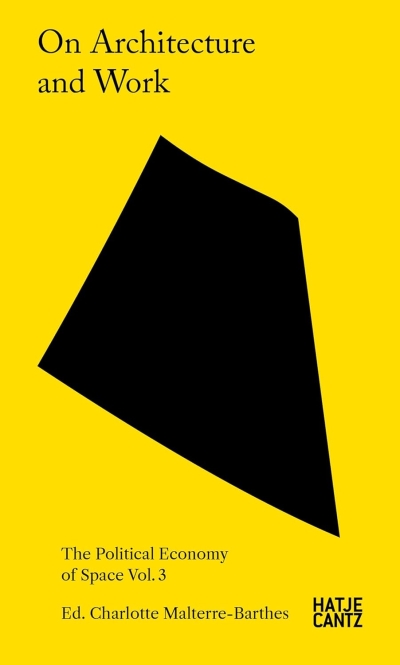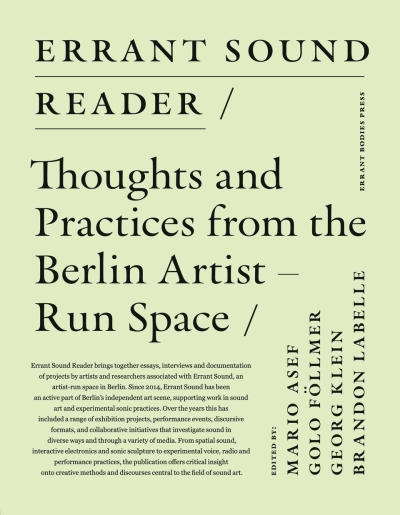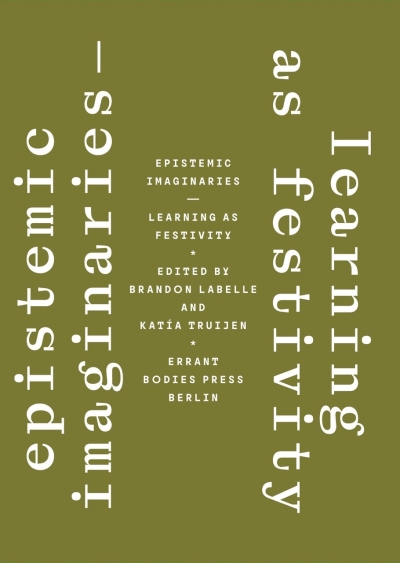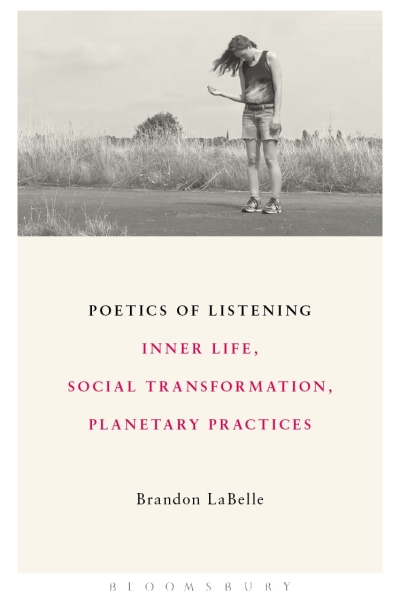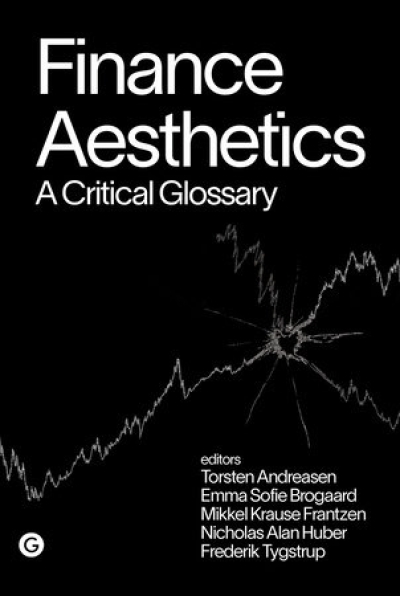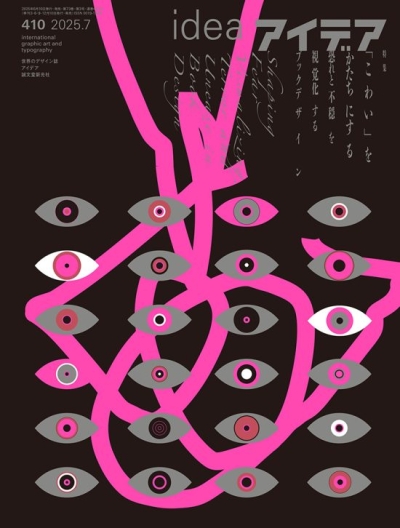Nigel Cottier (ed.)
Alphabetical Playground
Quang Vinh Nguyen, Émilie Laystary (…
Vietnamese Objects. The material culture of resilience in…
Helen Hester, Will Stronge
Post-work. What It Is, Why It Matters and How We Get There
Terrassen
Yvonne Rainer. Privilege - Yvonne Rainer Filmography
Eva Stricker, Dirk Bayer, Jürgen Graf,…
Wege zur Bauwende. Klima- und ressourcenschonend…
gerade nicht auf Lager
Carlo Bramanti
Conspiratorial Design. Information design for the bigger…
Mona Schieren, Oscar Svanelid
Lygia Clarks künstlerische Methode der Strukturierung des…
Andreas Broeckmann
The Making of Les Immatériaux
Sandra Hofmeister (Hg)
Architektur und Klimawandel (Vol. 2). 20 Interviews zur…
Blaise Agüera y Arcas
What Is Life? Evolution as Computation
gerade nicht auf Lager
Kristoffer Tjalve, Elliott Cost (Eds.)
Internet Phone Book. A directory for exploring the vast…
Thomas Wüthrich, Yves Raschle
Nachhaltige Designprozesse. Leitfaden für die…
Hans Teerds
Space Is Politics. A Manifesto on Architecture
Elizabeth A. Wilson (Autorin),…
Maschinenaffekte
Félix Guattari (Autor), Volker Bernhard…
Die subjektive Stadt. Schriften zu Architektur und…
Arch+
ARCH+ 261 Stadtumbau – Schulen der Transformation (…
Jonas Deuter
Karl Gerstner: Der Traum vom Absoluten. Struktur und…
IDEA Magazine
Idea 411. Written Form & Letter Design: Decoding the…
Annette Gilbert, Andreas Bülhoff (Hg)
Library of Artistic Print on Demand. Post-Digital…
gerade nicht auf Lager
Dagmar Pelger
Spatial Commons. On the Communalization of Urban Spaces
Caroline Böttcher
Mont Klamott. Berliner Trümmerberge
Dagmar Herzog
Der neue faschistische Körper
gerade nicht auf Lager
DAS MINSK Kunsthaus in Potsdam (Hg)
Wohnkomplex. Kunst und Leben im Plattenbau
Mark D. Linder
That's Brutal, What's Modern? The Smithsons,…
Katherine Ball
The Water Runs Through Us. Experimental Water Filtration…
Stefan Nowotny (Hg)
Praxis des Institutionellen und Politik. Jean Oury / Félix…
Francois J. Bonnet, Bartolomé Sanson
Spectres V. Diffusion
Vivian Liska (ed)
Eva Meyer. Remembering Forward
Bethan Hughes
Bethan Hughes. Elastic Continuum
Ilaria Bombelli (Hg)
Vika Kirchenbauer. Compassion and Inconvenience
Lorenzo De Chiffre, Artem Kitaev, Eva…
Reuse in Teaching. The Future of the Architectural Design…
gerade nicht auf Lager
Jack Self (Ed.)
Real Review #17
Filippo Pagliani, Michele Rossi,…
The Reinventing Heritage. A Design Compass on Adaptive Reuse
Cornelia Wild (Hg)
Medium Wolke. Figur, Phänomen, Objekt
gerade nicht auf Lager
Neda Atanasoski, Nassim Parvin (Hg)
Technocreep and the Politics of Things Not Seen
Manfredo di Robilant, Manuel Orazi
Gio Ponti. More than One. Critic, Editor, Graphic Artist,…
Clare Croft
Jill Johnston in Motion. Dance, Writing, and Lesbian Life
gerade nicht auf Lager
Soma Chaudhuri, Jane Ward (Hg)
The Witch Studies Reader
gerade nicht auf Lager
Okwui Enwezor, Atreyee Gupta (Hg)
Postwar Revisited. A Global Art History
Marcus S. Kleiner
Keine Macht für Niemand. Pop und Politik in Deutschland
Judith Butler
Wer hat Angst vor Gender?
gerade nicht auf Lager
Melanie Sehgal and Alex Wilkie (Eds)
More-Than-Human Aesthetics. Venturing Beyond the…
Katrin Trautwein
Working with Color. Library of 400 Combinations
Prem Krishnamurthy, Asad Raza (Hg)
How Can We Gather Now?
Luïza Luz
Beneath the Surface. Deep Listening, Buried Narratives, and…
Hg. von Nina Gerlach, Simon Vagts,…
Zwischen Pixel und Pigment: Malerei in der postdigitalen…
gerade nicht auf Lager
Charlotte Malterre-Barthes / Eds.:…
A Moratorium on New Construction. Charlotte Malterre-Barthes
Bildungskollektiv Biko
Kunst, Spektakel und Revolution No. 9.
Maya Indira Ganesh
AUTO-CORRECT. The Fantasies and Failures of AI, Ethics, and…
gerade nicht auf Lager
Jessica Backsell
Provoking the Freeport Magic: Art Assemblage in Late…
gerade nicht auf Lager
Henriette Waal, Clemens Driessen (Hg)
Water Works. Eco-Social Design
Josephine Berry
Planetary Realism. Art Against Apocalypse
gerade nicht auf Lager
Nils C. Kumkar
Polarisierung. Die Ordnung der Politik
Clément Gilles, Coloco, Civic City (Hg)
Planetary Gardener. Life First
Philipp Rhensius, Janina Neustupny,…
Home is Where the Heart Strives
Nick Axel, Silvia Franceschini,…
Chronograms of Architecture
Nick Axel, Javier Peña Ibáñez (eds.)
Concéntrico. Urban Innovation Laboratory
Jamie-Scott Baxter / Anna Juliane…
Spacetimes Matter. A Collection of Mapping Methodologies
Anamarija Batista, Julia Siedle
Rethinking Obsolete Typologies. Transformation Potentials…
Moisés Puente (Hg)
2G 94. b+ Arno Brandlhuber, Olaf Grawert, Jonas Janke,…
Stanislas Chaillou
Artificial Intelligence and Architecture. From Research to…
gerade nicht auf Lager
Yasmin Masri
Near 2,143 McDonald’s via Google Street View: Looking…
Jairus Banaji
Wanting Something Completely Different: 111 Vignettes of…
Rosa Barotsi
Time and the Everyday in Slow Cinema
gerade nicht auf Lager
Dominik Mattes, Janina Kehr, Julia…
Radical Health. Cache 04
gerade nicht auf Lager
Janina Kriszio
Keep your City real! Stadtfilme zwischen dokumentarischer…
Marek Poliks & Roberto Alonso…
Exocapitalism. Economies with absolutely no limits
Birgit Wiens
Bühne. Perspektiven der Szenografie und Performance Design…
Marcel Bächtiger
Kino-Obsessionen - Le Corbusier, die Architektur und der…
Matas Petrikas
The Joy of Electronic Music
S.E. Eisterer (Ed.)
In the Daylight of Our Existence. Architectural History and…
Rachel Pafe, Mimi Howard (eds.)
Reading Roses in Constellation
gerade nicht auf Lager
Annette Krauss
Unlearning Routines of the Impossible Casco
gerade nicht auf Lager
Holly Dicker
Dance Or Die. A History of Hardcore
gerade nicht auf Lager
Stevphen Shukaitis, Joanna Figiel
The Wages of Dreamwork.
Brian Massumi
Toward a Theory of Fascism for Anti-Fascist Life. A Process…
gerade nicht auf Lager
Rasheedah Phillips
Dismantling the Master's Clock: On Race, Space, and…
Andy Crysell
Selling The Night: When Club Culture Meets Brands,…
Paul Gilroy
Schwarzer Atlantik Moderne und doppeltes Bewusstsein
Susanne Heiter, Dörte Schmidt (Hg.),…
Ereignis und Geschichte. Die Internationalen Ferienkurse…
dérive
dérive N° 100 Zeit – Planung und Alltag (Juli - Sept 2025)…
Milan Ther, Martin Karcher (Hg)…
The Educational Web: Reader
Redaktion Protocol
Protocol 15. R.I.P. – remember me
Rui Pedro Dâmaso, Alexander Pehlemann,…
Unearthing the Music
Eva Franch i Gilabert, Mireia Luzárraga…
100 Words for Water. A Projective Ecosocial Vocabulary
gerade nicht auf Lager
Jaleh Mansoor
Universal Prostitution and Modernist Abstraction. A…
Martino Tattara, Federico Zanfi (eds.)
What's Next for Mom and Dad's House?
Transforming Solidarities (Hg.)
Solidaritäten transformieren. Praktiken und Infrastrukturen…
Jenny Schlenzka, Julia Grosse
Vaginal Davis. On Dangerous Ground
Anthony Dunne, Fiona Raby
Not Here, Not Now. Speculative Thought, Impossibility, and…
gerade nicht auf Lager
Stephanie Loveless (Ed.)
A Year of Deep Listening. 365 Text Scores for Pauline…
gerade nicht auf Lager
Hal Foster
Fail Better. Reckonings with Artists and Critics
gerade nicht auf Lager
Charlotte Malterre-Barthes (Hg)
On Architecture and Work. The Political Economy of Space…
Mario Asef, Golo Föllmer, Georg Klein,…
Errant Sound Reader. Thoughts and Practies from the Berlin…
Katía Truijen and Brandon LaBelle (Eds)
Epistemic Imaginaries. Learning as Festivity
gerade nicht auf Lager
Brandon LaBelle
Poetics of Listening: Inner Life, Social Transformation,…
gerade nicht auf Lager
Torsten Andreasen, Emma Sofie Brogaard…
Finance Aesthetics. A Critical Glossary
IDEA Magazine
Idea 410. Shaping Fear: Visualizing Terror and Unease in…

